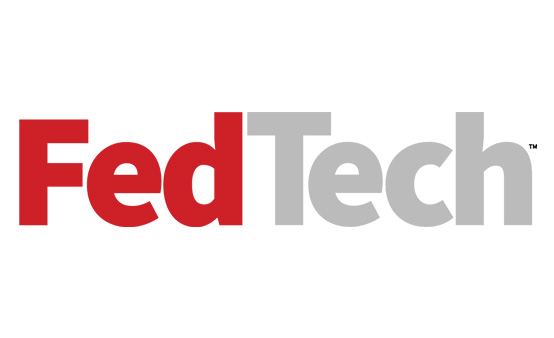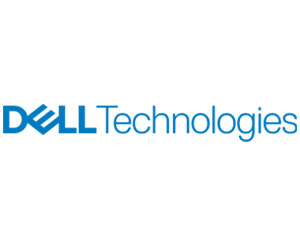Modernizing Energy Systems To Power AI-Ready Data Centers
Sustainable AI growth depends on ensuring energy resilience in infrastructure from the outset.
“Looking at alternative energy sources will be key to a more energy resilient strategy for data centers,” Marcelino says. “That includes considerations around energy efficiency, for example, to more efficiently cool infrastructure.”
Scaling computing infrastructure also requires modernizing the surrounding energy systems.
“The government must strengthen, modify and modernize the grid,” Rollins says.
Innovations occurring with small modular reactors and solar will be needed to power the next generation of data centers.
“Updating the infrastructure gives you that increased compute capacity and allows you to do so in a smaller footprint,” Rollins says.
RELATED: The defense and intelligence communities are focused on their cyber talent pipelines.
AI Workforce Development Hinges on Training and Retraining
Workforce development remains a core challenge in scaling AI across government, requiring a national education strategy emphasizing training in the technology and STEM.
“There’s a lot of things public companies like Dell can do to remove some of those challenges when it comes to not having enough resources readily capable of developing AI solutions,” Marcelino says.
Retraining current workers is just as important.
“We’ve got people in the workforce today, where the nature of their jobs is going to change over the next couple of years,” Rollins says. “Those who lean into how AI can enable them will be part of the momentum shift.”
MORE FROM FEDTECH: FedRAMP 20x aims to leverage automation like never before.
Improving Government Efficiency With AI
AI can be used to automate repetitive processes and modernize outdated systems.
“Leveraging AI capabilities to do that in a more streamlined and efficient manner goes a long way to reducing costs,” Marcelino says.
Agencies might start with AI for automating HR processes or searching knowledge bases to save time and resources.
“We’ve got a chance to transform the way that government operates, how it interacts with the public and how it provides those services,” Rollins says. “The government should think about how it changes policies to make it easier for federal agencies to implement those changes.”














